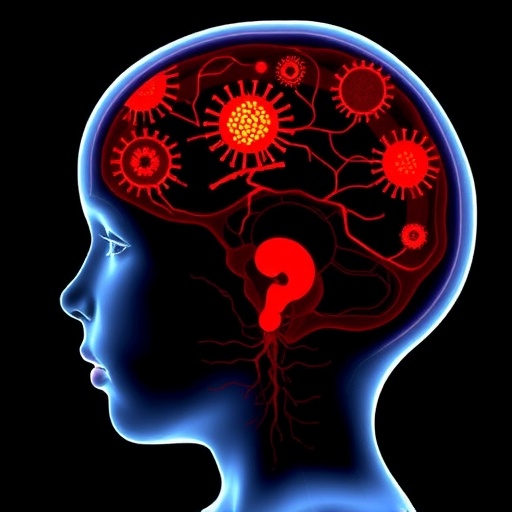A study of post-mortem brain tissue reveals the human primary visual cortex (V1) develops gradually throughout life. The research, published in The Journal of Neuroscience, may help to explain why the structure of this part of the brain matures in the first years after birth while vision continues to change throughout the lifespan.
Kathryn Murphy and colleagues obtained brain samples from 30 deceased individuals ranging from birth to 80 years of age to study how expression of a set of glutamatergic proteins (which regulate neurotransmission at a majority of synapses in human V1) changes in this region over time. The results show development of human V1 occurs in five different stages that mirror changes in vision. For example, the expression of three of these proteins peaks between 5 and 11 years of age, which coincides with the end of the period when children are susceptible to developing amblyopia, or lazy eye. Another protein did not peak until about 40 years of age and then dropped dramatically, by about 75 percent, in adults over 55 years of age, perhaps signaling degeneration in human V1.
The authors conclude that their work may inform the development of vision therapies for individuals of different ages.
###
About JNeurosci
The Journal of Neuroscience (JNeurosci) is the flagship journal of the Society for Neuroscience. JNeurosci publishes papers on a broad range of topics in neuroscience in a print edition each Wednesday and recently began publishing early-release PDFs of studies online shortly after acceptance.
The Society for Neuroscience is the world's largest organization of scientists and physicians devoted to understanding the brain and nervous system. The nonprofit organization, founded in 1969, now has nearly 38,000 members in more than 90 countries and over 130 chapters worldwide.
Article: Development of glutamatergic proteins in human visual cortex across the lifespan
DOI: https://doi.org/10.1523/JNEUROSCI.2304-16.2017
Corresponding author: Kathryn Murphy (McMaster University, Hamilton, Ontario, Canada), [email protected]
Press contact: Wade Hemsworth, [email protected]
Media Contact
David Barnstone
[email protected]
202-962-4000
@sfntweets
http://www.sfn.org
############
Story Source: Materials provided by Scienmag





